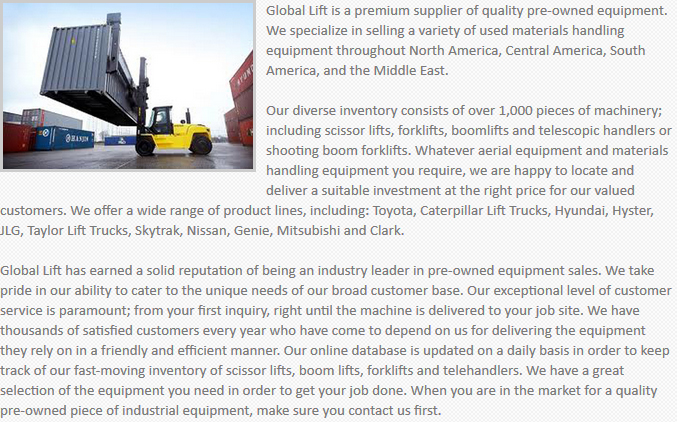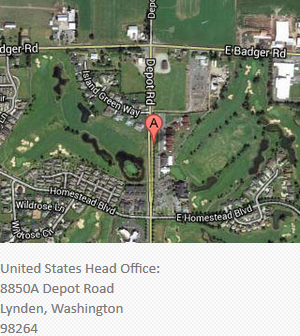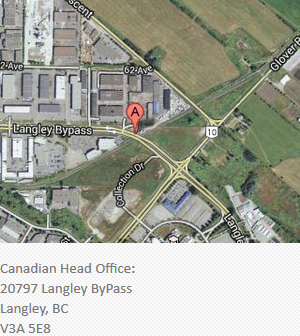About Global Lift Used Forklifts Peoria
Global Lift Peoria - The following classes of forklift describe the use and fuel option of each forklift. Certification is truly required for each and every class of forklift which the operator will be utilizing.
Class 1
These forklifts come with either pneumatic or cushion tires. Pneumatic tires are suggested in dry conditions for outdoor application. The models with cushion tires are designed for indoor surfaces that are smooth. These are electrically powered vehicles which use industrial batteries, which make them desirable inside closed locations where air quality is an issue. Hoist functions and travel are controlled by transistor motor controllers. These are versatile units usually used everywhere from the loading dock to the storage facility.
Class 2
For the type of environment where narrow aisles should be negotiated, this particular type of forklift is suitable. They are efficient at maximizing the use of storage space. Their unique design makes them ideal where speed is required and for small spaces.
Class 3
These are battery-powered and hand-controlled models. Using a steering tiller, the operator can control the lift while standing in front of the truck. The tiller has controls mounted on top and is moved sideways to maneuver the vehicle. The units that have smaller capacity use industrial batteries.
The forklift is a material handling machine used to lift and move loads from one location to another. Every forklift component has a specific function. Various components can be used to transport the load vertically or horizontally.
The forklift mast refers to all the parts that lower and lift the load. There are various kinds of masts for lifting loads to different heights: guad, simplex, duplex and triplex.
There are four different ways you can power a forklift: gas, electric, propane and diesel. The battery is situated in the cab under the seat. The propane tank is located on the back of the truck. The fuel tank on diesel and gas forklifts is beneath the rear of the truck.
The forklift cab is positioned in the center of the truck. This is where the operator sits and accesses all the informational gauges and controls. The gas pedal, steering wheel, brake, lifting controls and tilting controls are all located inside the cab.
Carrying all the largest forklift parts is the truck frame. This consists of the counterweights located at the rear that prevents the truck from tipping over when loaded. The frame consists of the overhead guard which protects the operator. The undercarriage holds the wheels, driveshaft and axles.
Powered lift trucks known as forklifts are utilized in almost every business to move heavy products and supplies. The forklift is a really durable and dependable equipment that has become important tools in a lot of warehouse and construction environments. Forklift models differ depending on the type of fuel that is utilized to power the lift truck and the type of work environment.
Electric forklifts are great for work sites which have limited ventilation since they produce no exhaust fumes and are relatively quiet. They are designed to be powered by large, industrial-strength batteries. As the electric forklift batteries need charging, the worksite will require a charging station. The batteries are durable and can be re-charged up to 1,500 times before they need to be replaced. The charging station must be located in a ventilated area and include an acid spill kit and an emergency eyewash station.
Forklifts powered by liquid propane have some benefits over diesel and electric powered equipment making them quite common in warehouse and industrial settings. Propane engines are much cleaner compared to diesel-powered units. There is no down time required to recharge an industrial battery, and the cost for propane is less than the cost of electricity. A forklift propane tank could be refueled easily and quickly by changing out the empty tank with a full tank. Typically an off-site supplier refills the empty tank, making refueling very safe and efficient.
For outdoor applications and rough terrain, the diesel and gas forklifts are the machinery of choice. These machines are quite common in lumber yards and on construction sites. Their disadvantages include odorous exhaust, relatively high fuel costs and fairly high maintenance requirements. Their benefits include dependability in tough conditions and a longer lifespan than other units. Gasoline and diesel units must be refueled at a supply station on site that meets health and safety policies.

Contact Info

Questions or Comments





